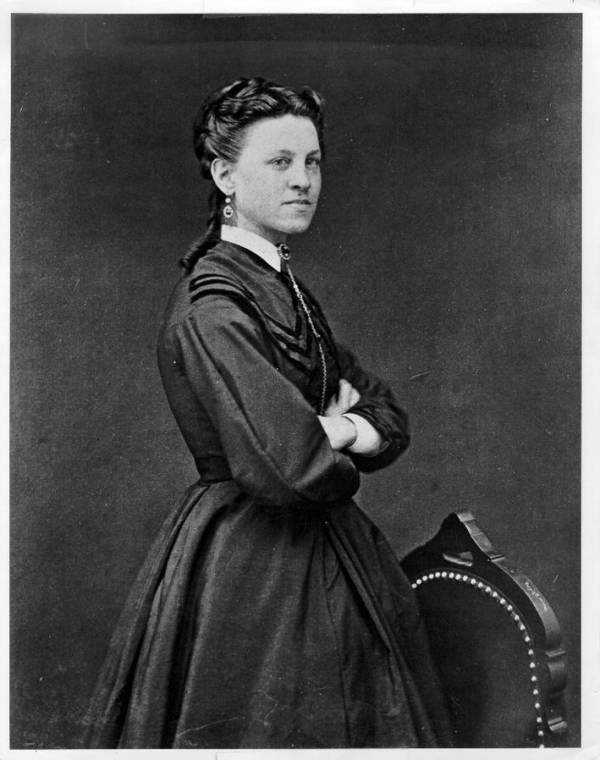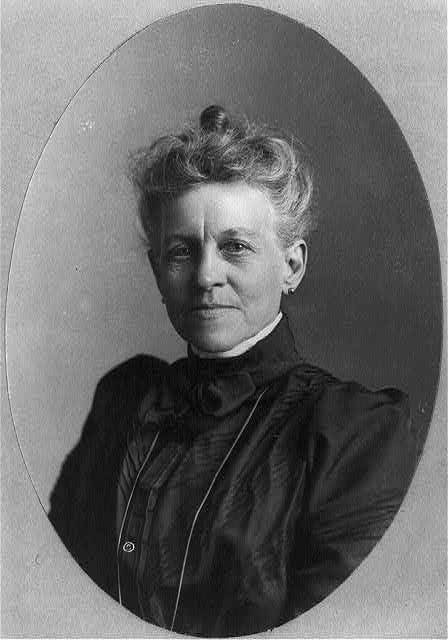Meet Ida Lewis, History’s Most Heroic Lighthouse Keeper
Throughout the late 1800s, Ida Lewis braved the waters near Newport, R.I. — and saved 18 lives along the way.

She started saving lives at sea when she was just 12 — and didn’t stop until she was in her 60s. This is the story of Ida Lewis, the lighthouse hero of old Rhode Island.
Becoming The Keeper Of The Lighthouse
Ida Lewis was born in Newport, R.I. in 1842, the daughter of Captain Hosea Lewis, the keeper of the Lighthouse Service at nearby Lime Rock. But just a few months into his tenure, he suffered a stroke and could no longer tend to the lighthouse.
The responsibility then fell to young Ida Lewis and her mother. The pair performed all of the duties of the keeper of the lighthouse while also tending to Lewis’ newly disabled father and her ill younger sister.
For a few years, Lewis performed the majority of the keeper’s tasks, including filling the lamp with oil, keeping it lit throughout the night, and extinguishing it at dawn. In 1873, her father died, and the official title of keeper was passed on to Lewis’ mother. But in 1877, her mother’s health began to fail as well and Lewis then cared for her mother in addition to keeping the lighthouse.
But while the majority of the keeper duties had now fallen to Lewis, her mother officially held the title of keeper until her death in 1878. Finally, with her mother gone (and with a few strings pulled by Senator Ambrose Burnside, an admirer of her work), Ida Lewis officially became the keeper of the Lime Rock lighthouse.



She started saving lives at sea when she was just 12 — and didn’t stop until she was in her 60s. This is the story of Ida Lewis, the lighthouse hero of old Rhode Island.
Becoming The Keeper Of The Lighthouse
Ida Lewis was born in Newport, R.I. in 1842, the daughter of Captain Hosea Lewis, the keeper of the Lighthouse Service at nearby Lime Rock. But just a few months into his tenure, he suffered a stroke and could no longer tend to the lighthouse.
The responsibility then fell to young Ida Lewis and her mother. The pair performed all of the duties of the keeper of the lighthouse while also tending to Lewis’ newly disabled father and her ill younger sister.
For a few years, Lewis performed the majority of the keeper’s tasks, including filling the lamp with oil, keeping it lit throughout the night, and extinguishing it at dawn. In 1873, her father died, and the official title of keeper was passed on to Lewis’ mother. But in 1877, her mother’s health began to fail as well and Lewis then cared for her mother in addition to keeping the lighthouse.
But while the majority of the keeper duties had now fallen to Lewis, her mother officially held the title of keeper until her death in 1878. Finally, with her mother gone (and with a few strings pulled by Senator Ambrose Burnside, an admirer of her work), Ida Lewis officially became the keeper of the Lime Rock lighthouse.
Ida Lewis: Maritime Hero

Long before she even officially became lighthouse keeper, Ida Lewis performed her first rescue at sea when she was only 12 years old. A group of four boys was sailing near the lighthouse when their vessel capsized, and Lewis went out to rescue them.
In 1866, when a young soldier was sailing in a skiff near the lighthouse and got overturned, Lewis once again performed another feat of bravery, spotting him from the lighthouse and pulling him from the water. The following year, she reportedly saved not just two men, but a sheep as well, from the icy waters. When the two sheep owners ran into trouble while searching for their lost animal, Lewis went into the water to rescue both the men and their sheep from drowning.
Although these were certainly impressive feats of bravery, Ida Lewis’ daring rescues went relatively unnoticed until 1869, when she performed her most famous rescue.
In the middle of a cold March snowstorm, two soldiers were sailing near the lighthouse, guided by a teenage boy who claimed to be able to navigate the waters. The boat overturned as a result of the snowstorm, and all three of them were thrown overboard into the icy waters.
Lewis then rushed from the lighthouse in her boat and was able to pull both of the soldiers out of the water and row them safely to the lighthouse. This heroic feat earned her national attention as she was featured in Harper’s Weekly and was later granted a silver medal from The Life Saving Benevolent Association of New York. In 1881, she was awarded the Gold Lifesaving Medal from the United States government for her bravery.




No comments